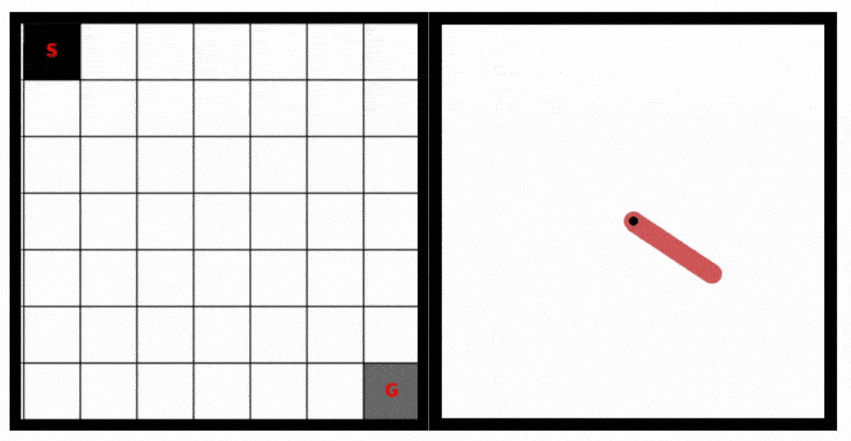Member-only story
Artificial Intelligence is Older Than You Think
Everyone says that Artificial Intelligence (AI) started with a mathematical term coined by McCulloch and Pitts in 1943. But it’s a bit older…

In fact, Hilbert’s “Mathematische Probleme”, published in 1900, is the intellectual foundation of artificial intelligence.
With his famous 23 Problems, Hilbert posed three questions to the world of mathematics:
- Is mathematics complete?
- Is mathematics consistent?
- Is mathematics decidable?
The first two of these questions were answered in the negative by Kurt Gödel. The last remaining question was answered by Alonzo Church and Alan Turing in 1936.
In their complementary work, Turing and Church argued that all algorithmic processes could be simulated by a Turing Machine.
Turing’s 1936 paper “On Computable Numbers, with an Application to the Entscheidungsproblem” is considered one of the cornerstones of modern computer science.
The paper put the concept of “computability” into a mathematical framework and introduced the concept of Turing machines, laying the foundation for the theory of algorithmic computation.
This forms the theoretical basis of modern computers and thus artificial intelligence.
Even before modern computers existed, Turing gave his first lecture on computer intelligence in London in 1947.
In 1950, with his famous paper “Computing Machinery and Intelligence”, he posed the question “Can a machine think?” and developed the Turing Test to test this.
What is a Turing Test?
- A human (decision maker) has a text-based conversation with a computer (artificial intelligence) and another human.
- If the decision-maker cannot distinguish the computer from the human with the questions it asks, the computer is considered to have “passed” the test.
- Whether the test can be passed today is still a matter of debate. This is because models like the GPT are generally excellent at “acting human”. However, depending on the context and task, they continue to show some deficiencies typical of human behavior.








